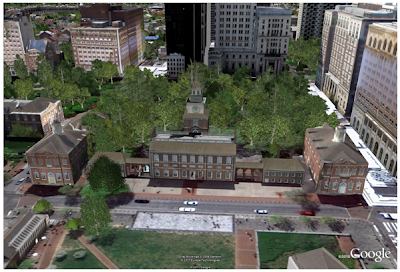Washington, DC, June 17, 2011 – The Competitive Enterprise Institute’s Center for Energy and Environment this week launched Resourceful Earth, a new project that will oppose political barriers to natural resource production. Resourceful Earth will take on campaigns by well-funded environmental pressure groups that abuse federal and state regulations and pursue endless lawsuits to block or hinder hardrock mines, coal mines, oil and gas drilling, timber production, farming, and ranching.
CEI’s new grassroots activist website, ResourcefulEarth.org, will educate and empower Americans to promote access to natural resources and oppose special interests that abuse the regulatory process to block new projects. The first two campaigns targeted by Resourceful Earth will be Earthworks’ No Dirty Gold, which opposes gold mining,and Oceana’s Stop the Drill, which opposes offshore oil.
“America has incredibly abundant natural resources, but more and more of them are being locked up as a result of campaigns by environmental pressure groups,” said Myron Ebell, Director of CEI’s Center for Energy and Environment. “And unfortunately, many major corporations are being greenmailed into supporting these political assaults on jobs and prosperity.”
“Resourceful Earth will shine a bright light on the disinformation campaigns waged against new natural resource projects and on the economic damage done when huge new investments are scrapped because of years and even decades of regulatory delays,” continued Ebell. “Our website, ResourcefulEarth.org, will provide the tools necessary for grassroots activists to get involved and defeat the advocates of scarcity.”
Resourceful Earth is being launched on June 17 in Minneapolis at the fourth annual Right Online conference, which brings together over one thousand conservative and free market grassroots activists. ResourcefulEarth.org is simultaneously seeking signatures on a petition that urges corporations not to support efforts such as No Dirty Gold and Stop the Drill.
Fri, 2011-06-17
Activist Project Will Take on Powerful Opponents of Jobs and Prosperity
Generated by BlogIt
BlogIt - Auto Blogging Software for YOU!







